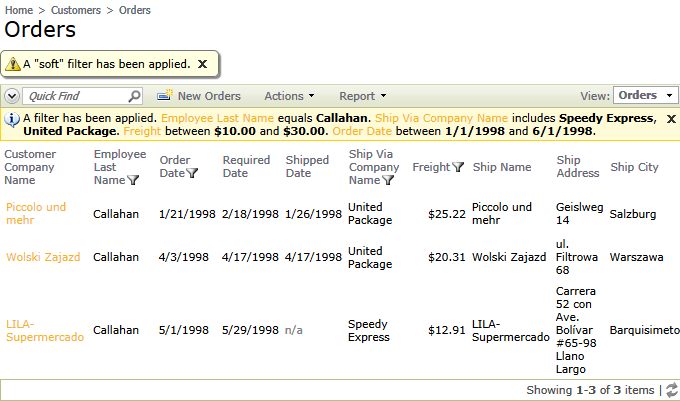
What's the comfortable range when choosing a TV? Probably not 500 options, but rather 5–10 good ones. we can process everything within a reasonable, foreseeable timeframe.we can spot the differences between all options, and.we can easily understand what we are exploring,.we are looking at highly relevant options,.The important part is that this range meets our expectations that: It can be anything from dozens to hundreds of items scattered over a number of pages. This range of options doesn’t have to fit on a single screen, or be displayed on a single page, or be limited to a small shortlist that we can easily remember. In fact, for every interface, and for every intent, we have a particular comfortable range in mind, that is a preferred number of options that we think we can manage relatively effortlessly.

Applying relevant filters is the easy part, but showing just enough relevant results is slightly more difficult. That’s only one part of the story though. A well-designed filter in a well-designed trip planner UI. That intent might be fairly specific or quite general, but in both cases, the design should minimize the time needed for customers to get from the default state (when no filters are selected) to the final state (when all filters are successfully applied). We do so by breaking our intent down into a set of available features. We have specific attributes of interest, a specific intent, that we need to somehow communicate to the interface.

Perhaps just a few dozens of payment slips instead of thousands, or just a handful of blouses rather than the entire collection. Subscribe to our email newsletter to not miss the next ones.Īs customers, we use filters to reduce a large set of options to a more manageable and highly relevant selection.Part 2: Perfect Responsive Configurator.


 0 kommentar(er)
0 kommentar(er)
